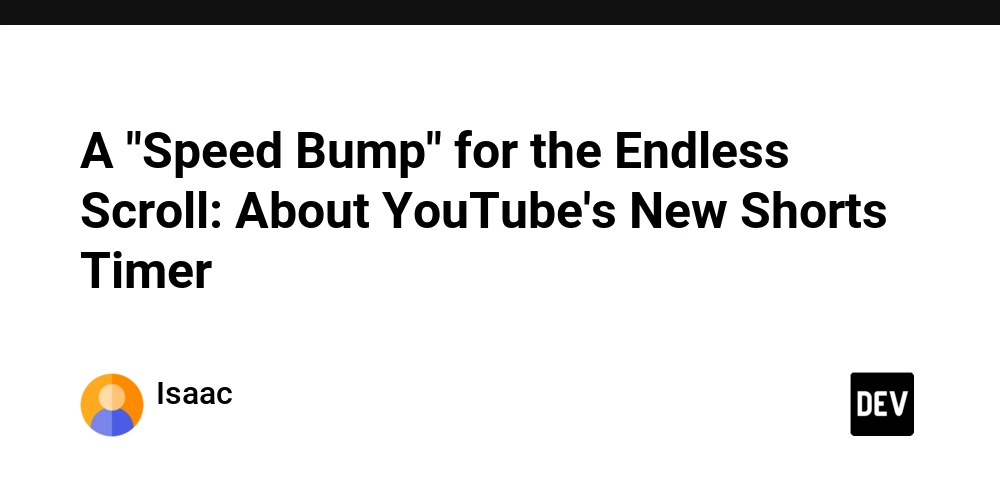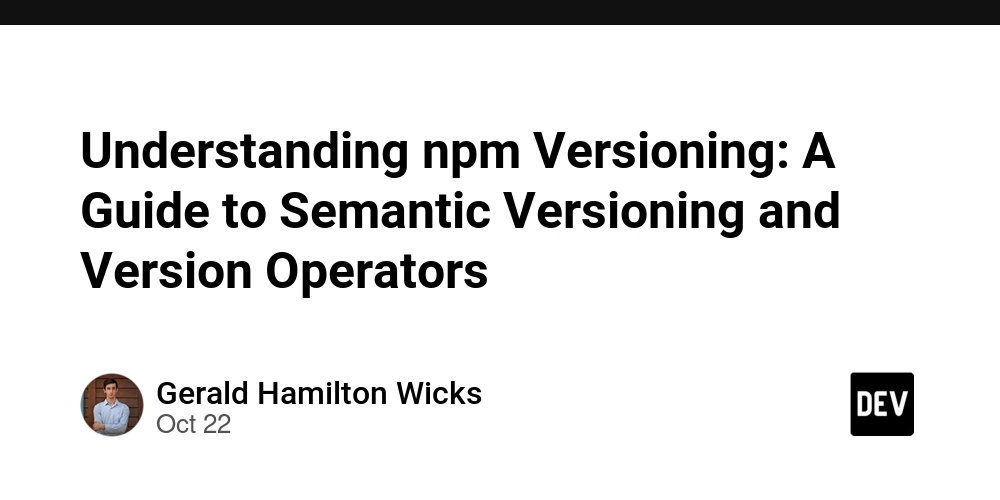It’s a scenario we all know too well: you open your phone to watch “just one” quick video, and suddenly, 45 minutes have vanished. You’ve fallen into the endless scroll, a digital rabbit hole built by the “big three”: TikTok, Instagram Reels, and YouTube Shorts. This bite-sized content has become the new king of media, capturing billions of hours of our collective attention and, in the process, fundamentally changing how we consume information and entertainment.
The “Dopamine Hit” Problem
Dopamine isn’t just a feeling; it’s a documented biological loop. The “endless scroll” is engineered to be addictive by exploiting our brain’s reward system. Each short, unpredictable video acts as a potential reward, and the anticipation of the next one triggers a release of dopamine, the neurotransmitter tied to motivation and craving. This creates a cycle of instant gratification.
While this gratification loop can affect anyone, its impact is particularly concerning for younger audiences. A 2024 study published on PubMed Central surveying school-age children found that “short-form video media use was significantly associated with higher inattentive behaviors,” noting that this effect was even “stronger among younger participants.”
YouTube’s New “Solution”
In response to this growing problem, YouTube is rolling out a new feature for its mobile app: a built-in daily timer for Shorts. This is a welcome step toward digital well-being, but there’s a major catch: the notification is dismissible. With a simple tap, you can ignore the reminder and dive right back into the feed.
YouTube isn’t the first to try this; it’s actually catching up. Both TikTok and Instagram already offer similar time-limit reminders, and they suffer from the same flaw: they are too easily ignored. For users who genuinely lack the self-control to stop, these soft reminders are little more than a speed bump.
Ultimately, these “soft” reminders feel like a way for tech giants to manage their public relations without truly impacting their engagement metrics. By making the “solution” so easy to ignore, they can claim to offer help while ensuring their addictive platforms remain unchanged, shifting the entire burden back to us. This forces us to question the ethics of the solution: Is it sufficient for tech giants to offer these token measures of control, or do they have a deeper obligation to dismantle the addictive mechanics they built, rather than placing the entire burden of digital discipline on the user?
References:
Chiencharoenthanakij, R., Yothamart, K., Chantathamma, N., Sukhumdecha, W., Charoensri, S., Thanyakulsajja, B., & Anuroj, K. (2025). Short‐Form Video Media Use Is Associated With Greater Inattentive Symptoms in Thai School‐Age Children: Insights From a Cross‐Sectional Survey. https://pmc.ncbi.nlm.nih.gov/articles/PMC12230358/
Sattelberg, W. (2025, 22 October). YouTube’s new daily timer stops you from wasting all your time watching Shorts. 9to5Google. https://9to5google.com/2025/10/22/youtubes-new-daily-timer-stops-you-from-wasting-all-your-time-watching-shorts/
Weatherbed, J. (2025, 22 October). YouTube will help you quit watching Shorts. The Verge. https://www.theverge.com/news/804113/youtube-shorts-time-limit-pause-feeds



